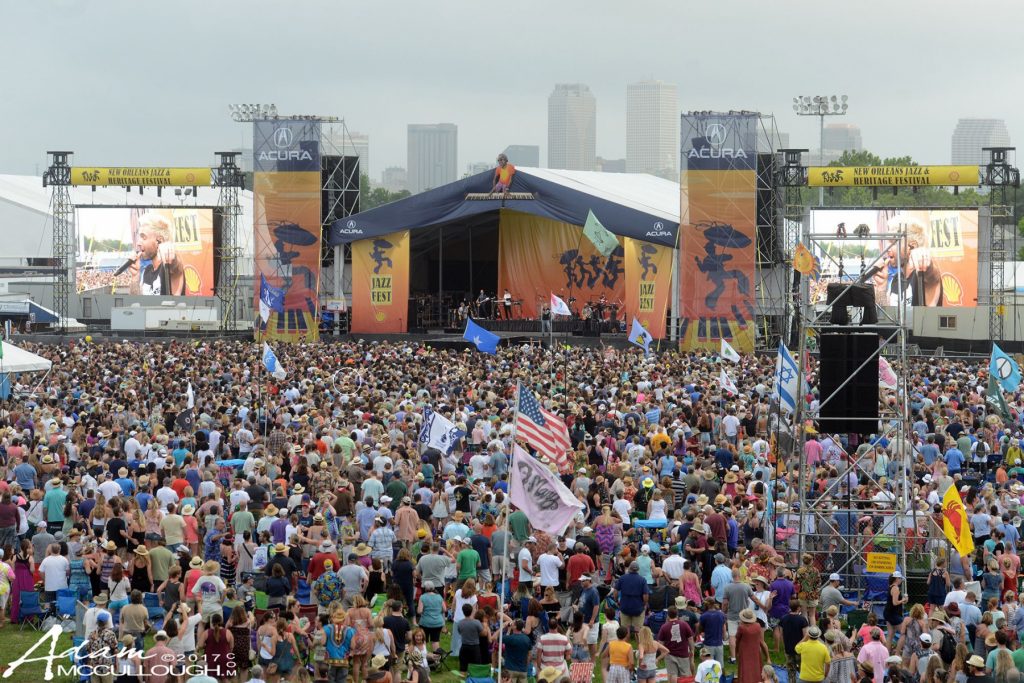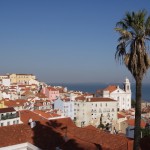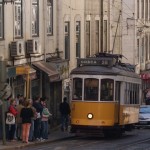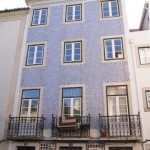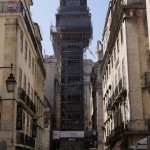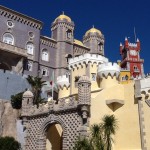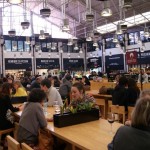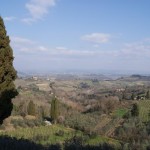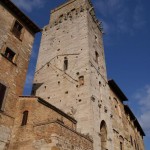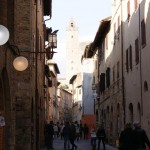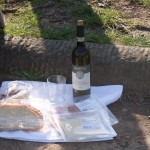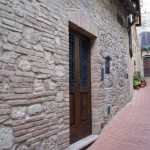Interested in exploring a city with a rich history, world-class museums, a vibrant culture and is less than two hours away? Than say “hola Mexico City’!
Mexico City is a colorful tapestry of art, food, modern architecture, abject poverty, clogged roadways and citizens with a passion for life. Visiting an unfamiliar city can be a little intimidating, but you might want to begin in the Centro Histórico district, which encompasses the historic downtown. There you can wander the Zócalo, the largest plaza in Latin American.
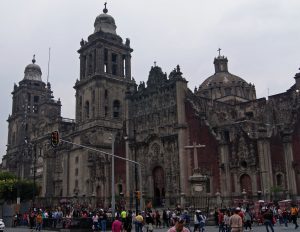
Metropolitan Cathedral
Looming over the Zócalo like a majestic patriarch is the grand Metropolitan Cathedral, the largest in the America’s. One cannot help but be reminded of the magnificent cathedrals in Europe when walking through its large doors. The Metropolitan Cathedral, which took 240 years to complete, features four facades that are flanked by enormous columns and religious artwork. The two giant bell towers contain 25 bells.
Also worth checking out nearby is the National Palace and the ruins of the Templo Mayor featuring a museum that houses artifacts recovered from the site. You’ll also discover roof top restaurants offering panoramic views of the city center to rest and refresh yourself before moving on to your next stop.
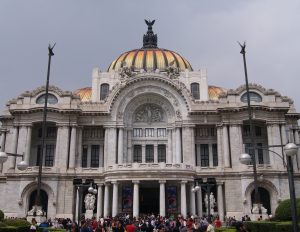
Palacio de las Bellas Artes
Taking a leisurely stroll down the Francisco l. Madero Avenue brings you to the Palacio de las Bellas Artes, a spectacular building and home to a collection of statues, paintings and murals from some of Mexico’s finest artists including Freda Kahlo, Diego Rivera and David Alfaro Siqueiros. The Palacio de las Bellas Artes is also home to the National Theatre, whose old world charm provide a perfect setting to see a performance by the Folklórico de México Compania Nacional.
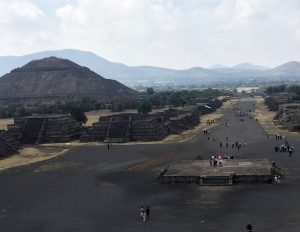
Pyramid of the Sun
No trip to Mexico City would be complete without a visit to Teotihuacán, the ancient Mesoamerican city that was established around 100 B.C. There you will find the massive Pyramid of the Sun and slightly smaller Pyramid of the Moon. Found along the Avenue of the Dead, the Pyramid of the Sun is one of the largest structures of its kind in the Western Hemisphere and third largest in the world. Not much is known about the ancient city that covers 8 square miles and included temples and housing for nearly 200,000 citizens. The Aztecs who discovered it 600 years after the city was destroyed named it “the place where the gods were created”.
Climbing the 248 steps to the top of the Pyramid of the Sun can be challenging. Mexico City sits almost a mile and half above sea level, so the air is much thinner. Still the 360-degree views are spectacular and well worth a few moments of strained breathing and catching your breath.
There are several transportation options to visiting Teotihuacán. You can take public transportation, hire a cab or private car, or book one the many excursions offered by various tour companies. Consider getting there early in the day. It is less crowded, the temperature is cooler and you can observe the hot air balloons tours gentling floating overhead, offering tourists a unique view of this UNESCO site.
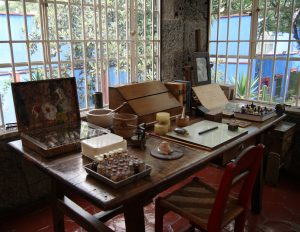
La Casa Azul
Mexico City may not have a Louvre or Rijksmuseum, but it does have a little blue house where tourists line-up around the block to enter. La Casa Azul was the home to Freda Kahlo, one of Mexico’s greatest artists. The Blue House rests in the quaint Coyoacán district and offers visitors the chance to walk about where she and husband Diego Rivera worked and lived. Be sure to purchase your tickets online before you go to avoid the inevitable long lines.
You won’t find a lot of her work there, but you do get insight into her life while strolling through the rooms and gardens that inspired her life. Kahlo suffered from several injuries that are evidenced by a collection of back braces, plastic corsets and a prosthetic leg. There are also dresses Kahlo designed which, instead of hiding her need for braces, highlighted them in a very forward fashion sense.
When you’re done visiting the La Casa Azul, it is worth taking a walk down the Ignacio Allende to the Mercado de Coyoacán. It is your typical Mexican market, crammed from floor to ceiling with goods ranging from souvenirs, housewares, a pet store and a florist shop. There is also a large food court offering many varieties of dishes, fruit drinks and candies. The aisles are tightly packed and making your way through the maze of vendors can be challenging, but there are bargains to be found with a little bit of haggling.
Continuing down Ignacio Allende, be sure to stop by the Café El Jarocho for a special cup of coffee. Opened in 1953, the traditional Mexican café offers various coffee drinks from the Jarocho bean that is grown in the northern mountains of Veracruz. The coffee features a nutty taste loved by locals and tourists alike, but you may need to be patient as lines can reach up to 30 minutes in wait time.
Just a few more blocks takes you to Plaza Hidalgo and Jardín Centenairo, two charming central plazas that sit side by side and allow you to sit and enjoy the tranquil fountains, lush gardens, the impressive Parroquia San Juan Bautista. There are also many restaurants offering local fair overlooking the plazas.
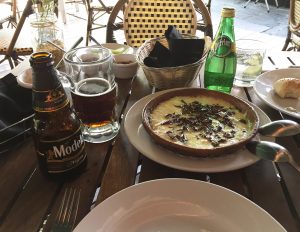
Queso fundido con chapulines y mezal
Food in Mexico City is rich in tradition. There are tortillas, tacos, tostada, quesadillas, enchiladas and antojitos that are comprised of small dishes served as appetizers or snacks. There’s also central Mexican cuisine made with spices blended from the Aztec, Spanish, African and European cultures. Don’t have time to sit and eat? No problem. Food vendors seem to be on every street corner and locals swear by them.
For something outside the box, consider enjoying a quick lunch at the El Catamarán just off the Centenario Garden. The queso fundido con chapulines (grasshoppers) y mezal, served with warm corn and flour tortillas with a cold cerveza and view of the Fuente de Los Coyotes is a wonderful way to experience México auténtico.
Every great city features a magnificent park and Mexico City is no exception. The Bosque de Chapultepec offers vast green space, miles of paved walked ways leading through woods, charming gardens and lakes. The remarkable hilltop Castillo de Chapultepec, which houses the Museo Nactional de Historio, offers stunning views of the city and worth the climb even if you don’t take time to enter the museum.
The Bosque de Chapultepec is also home to the internationally celebrated Museo Nacional de Antropologia. This massive museum offers a stunning collection original artifacts and walks visitors through a very organized and complete history of the country from prehistoric Mexico to today. Be sure to arrive early and plan on spending much of the day if you wish to visit all the halls in this museum has to offer.
While there, you can make a quick visit to the Mueso de Arte Mederno that houses collections from Frida Kahlo, José Luis Cuevas, Manuel Felguérez and of course, Diego Rivera. There are also temporary exhibitions on display.
Sunday is a special day of the week in Mexico City. One resident explained ‘Monday through Friday is for business, but Sunday is for pleasure’ and its people take full advantage of it. Museums like Palacio de las Bellas Artes and the Museo Nacional de Antropologia offer free admission to its citizens. The massive Paseo de La Reforma (Mexico City’s version of the Champs-Élysées) is literally shut down and taken over by thousands of bicyclists. Couples of all ages can be found dancing to music ranging from crooners belting out soulful ballads to Chuck Berry cd’s all dressed in their finest Sunday clothes in the many small city squares that dot the city.
There is so much to see and do in the city of palaces that it can be impossible to get it all done in a single trip, but being just a two hour flight away means multiple trips to Ciudad de México just might be in order.
 Looking for something sweet? You’ll find plenty of Sno-Ball stands, praline stuffed beignets and the infamous Roman Chewing Candy Company. Another pleasant surprise is what the festival charges for the food and drink. Water was $3 a bottle, the Crawfish Bread was $7 and beers (you knew they had to have alcohol there right?) started around $8.
Looking for something sweet? You’ll find plenty of Sno-Ball stands, praline stuffed beignets and the infamous Roman Chewing Candy Company. Another pleasant surprise is what the festival charges for the food and drink. Water was $3 a bottle, the Crawfish Bread was $7 and beers (you knew they had to have alcohol there right?) started around $8.





